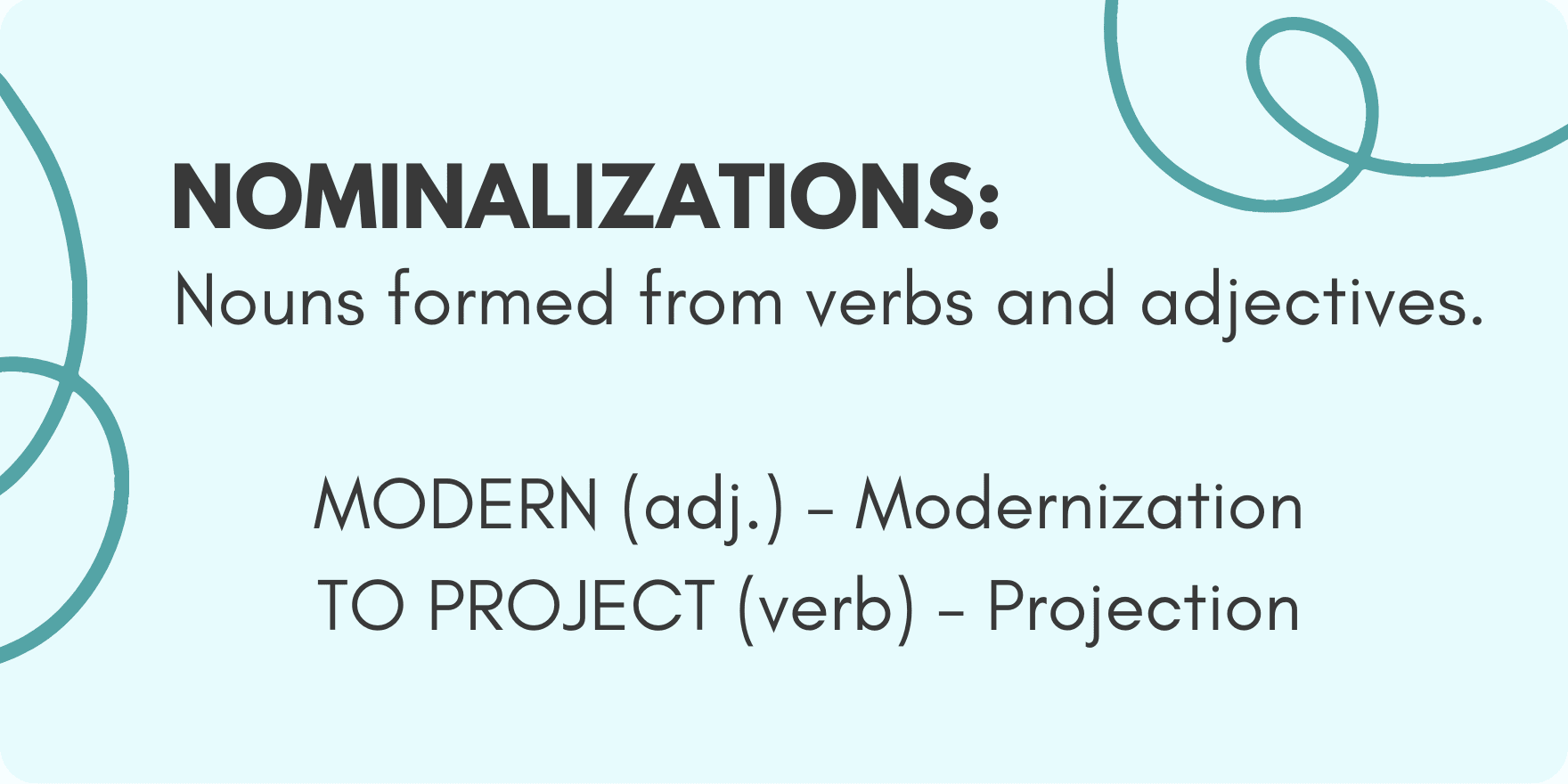In writing seminars, people often ask about the words bring and take. Usually it is because their mothers, fathers, or English teachers repeatedly corrected them, and they want to know whether they can finally forget those old nagging corrections.
The reference guides that touch on this question (Chicago Manual of Style, The Gregg Reference Manual, The Right Word) explain this way:
- Use bring to indicate motion toward the speaker. (Please bring me a soda.)
- Use take to indicate motion away from the speaker. (I will take that dress back to the store.)
Those rules must have satisfied our mothers, fathers, and teachers. But do they always work? How do they apply in these sentences?
- I am not sure whether to bring/take an umbrella on the tour.
Nothing is coming toward or going away from the speaker. The umbrella would travel with the speaker. - I may bring/take a dessert to Emma’s party.
Once again, something travels with the speaker–not toward or away from. - What would you like me to bring/take to your party?
Here something is traveling toward the listener–not the speaker.
Of my reference books, only Fowler’s Modern English Usage admits the weakness of the rules above. The revised third edition states:
“There are many circumstances, however, in which this simple distinction does not apply: e.g., if we are going to the zoo, shall we bring/take the camera?”
Thank you, Mr. Fowler, for admitting how the rules can let us down.
Here are my new third and fourth rules on bring and take:
- Use bring when the motion is toward the listener. (I will bring a key lime pie to your party.)
- Use bring or take when the motion is with the speaker. (I will bring a change of clothes to work OR I will take a change of clothes to work.)
Many things seem to have been easier in my mother and father’s day–including bring and take. By doubling the number of rules, I may have made life more complex, but I like it better this way. What do you think?
Final note: As I was finishing this entry and putting my reference books back on the shelves, I remembered Patricia T. O’Conner, author of Woe Is I and Words Fail Me, both of which I keep on a closed bookshelf. When I checked O’Conner, I found that she too has attempted to clear up the bring and take ambiguity. In Woe Is I, she discusses the idea of bringing or taking a bottle of wine to a dinner party. She concludes: “Clear? If not, pour yourself a glass, take it easy, and say what sounds most natural. You will probably be right.”






